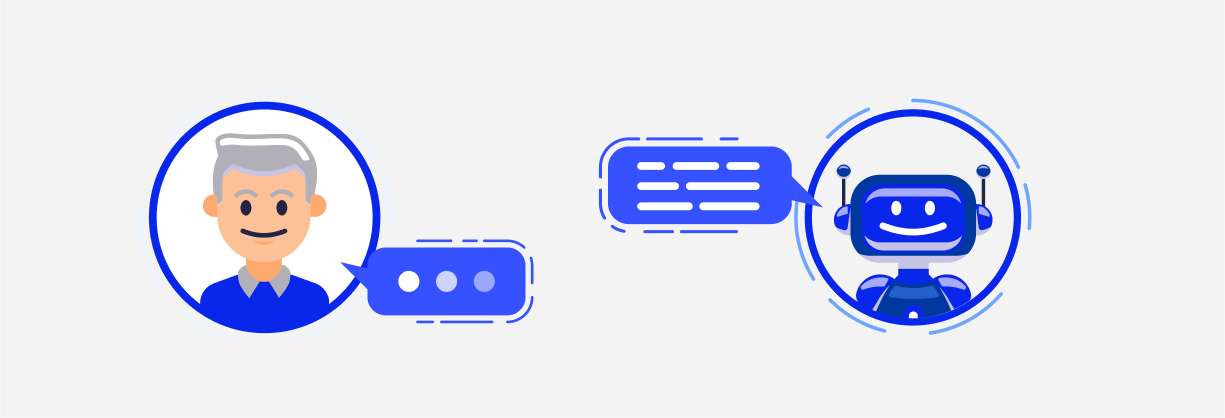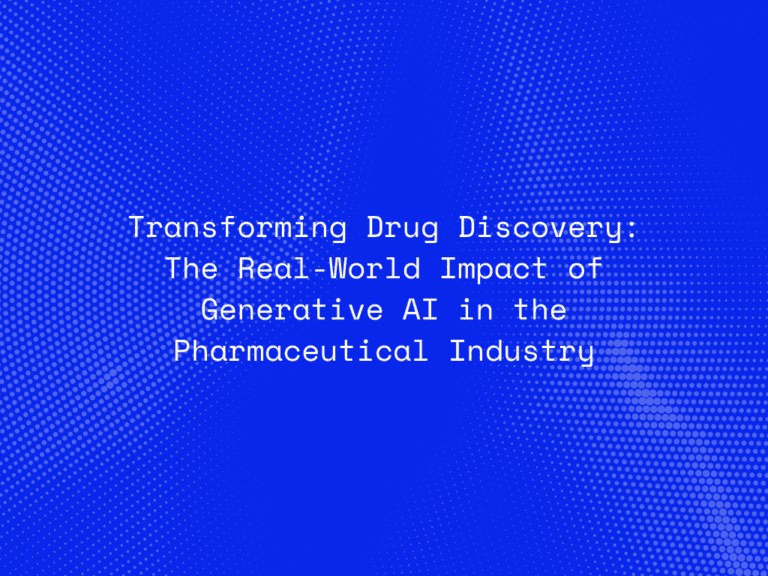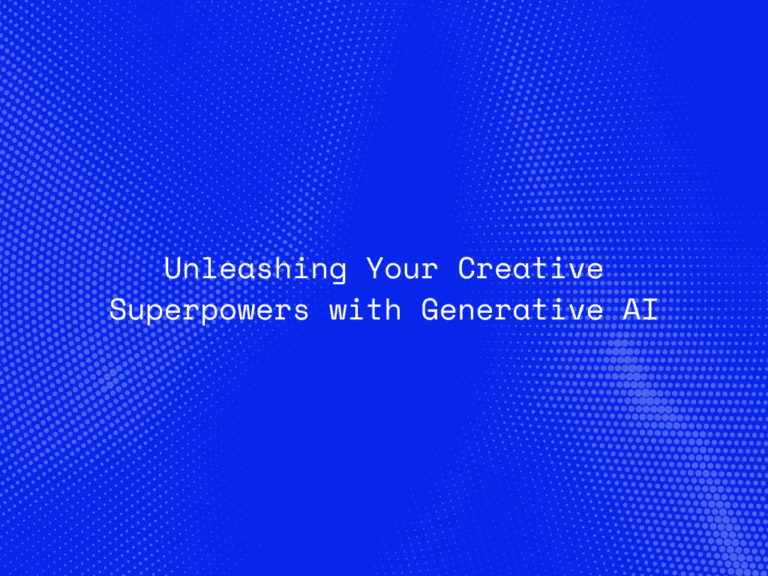Artificial Intelligence has long relied on large amounts of labeled data to perform specific tasks. But what happens when an AI system is asked to perform a task it has never been explicitly trained on? That’s where Zero-Shot Learning (ZSL) comes in—a breakthrough in machine learning that’s redefining what AI can do.
In 2025, Zero-Shot Learning has moved from research labs into real-world applications, allowing AI systems to understand, reason, and act without needing task-specific training data. This advancement is not only accelerating AI development but also drastically reducing time, cost, and manual effort in deploying intelligent systems.
What Is Zero-Shot Learning (ZSL)?
Zero-Shot Learning refers to a model’s ability to perform a task it has never seen before, based solely on its understanding of related concepts or instructions. Instead of relying on example-based learning, ZSL leverages:
-
Generalized language understanding
-
Semantic reasoning
-
Pre-trained knowledge from large models
For example, if a model is trained to recognize cats and dogs, Zero-Shot Learning allows it to identify a fox based on descriptive similarities—even if it has never seen one labeled in training.
Why Zero-Shot Learning Matters in 2025
As AI scales across industries, it’s no longer feasible to:
-
Collect and label massive datasets for every use case.
-
Train separate models for every domain or language.
-
Wait weeks or months for training cycles to complete.
Zero-Shot Learning addresses these challenges by:
-
Enabling rapid generalization across tasks.
-
Reducing dependence on costly labeled data.
-
Allowing faster deployment in dynamic or low-data environments.
How Does Zero-Shot Learning Work?
Modern ZSL relies heavily on large language models (LLMs) and vision-language models (VLMs) trained on broad datasets.
Key techniques include:
1. Prompt-Based Learning
AI is guided using natural language prompts instead of labeled examples.
Example:
“Classify this sentence as positive or negative.”
The model doesn’t need labeled sentiment data—it infers based on language understanding.
2. Embedding Space Mapping
Models convert both inputs and labels into a shared vector space, allowing similarity-based matching.
If the word “car” and an image of a car are close in vector space, the model associates them without prior image-label training.
3. Knowledge Transfer via Pretraining
ZSL leverages foundational models (like GPT, PaLM, or CLIP) pre-trained on vast datasets, transferring knowledge to new tasks without fine-tuning.

Applications of Zero-Shot Learning in 2025
Zero-Shot Learning is unlocking innovation across sectors:
Healthcare
-
Classifying new medical reports or rare diseases without prior examples.
-
Translating clinical notes into structured data using prompt-based instructions.
Finance
-
Flagging unusual transactions with no specific fraud training on new patterns.
-
Understanding regulatory changes and mapping them to compliance actions.
Retail and E-commerce
-
Automatically tagging new products using descriptions and images.
-
Personalizing search experiences without historical interaction data.
Customer Support
-
Summarizing queries or routing tickets based on inferred intent, without predefined categories.
Multilingual NLP
-
Translating or analyzing low-resource languages with minimal or zero training data.
Zero-Shot vs Few-Shot vs Traditional Supervised Learning
| Learning Type | Data Requirement | Flexibility | Use Case Example |
|---|---|---|---|
| Supervised Learning | High (labeled) | Low (task-specific) | Image classification with labels |
| Few-Shot Learning | Minimal examples | Moderate | Learning from a handful of examples |
| Zero-Shot Learning | No task examples | High | Generalizing via prompts or instructions |
Challenges in Zero-Shot Learning
Despite its power, ZSL faces a few hurdles:
-
Lower accuracy on complex or domain-specific tasks
-
Bias and hallucination from pre-trained models
-
Dependence on prompt quality
-
Difficulty in evaluation and explainability
However, advancements in prompt engineering, retrieval-augmented generation (RAG), and hybrid learning approaches are addressing these limitations.
The Future of ZSL: What’s Next?
In 2025 and beyond, we’re likely to see:
-
Multi-modal ZSL, where models understand and act across text, vision, and audio.
-
Autonomous agents using ZSL for planning and decision-making in dynamic environments.
-
Ethical safeguards, ensuring responsible generalization and fairness.
Zero-Shot Learning will increasingly power autonomous AI systems, enabling them to explore, adapt, and learn like humans—with far less input.
Conclusion
Zero-Shot Learning represents a seismic shift in how we train and deploy AI. By enabling machines to understand tasks with zero prior examples, ZSL unlocks agility, scale, and intelligence at a pace previously unachievable.
In a world driven by change, the ability to learn without seeing is not just revolutionary—it’s essential.




